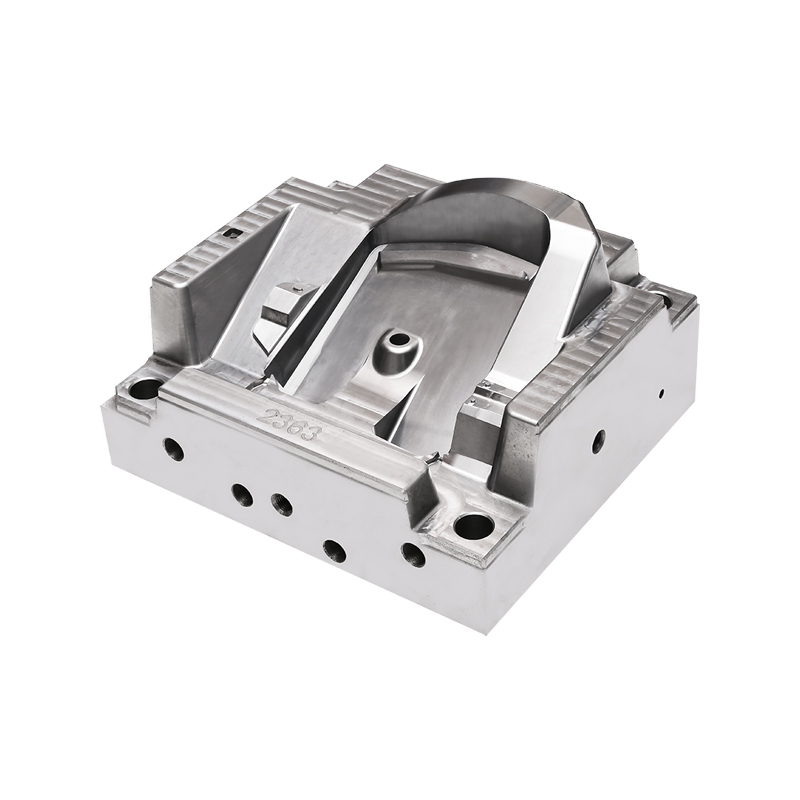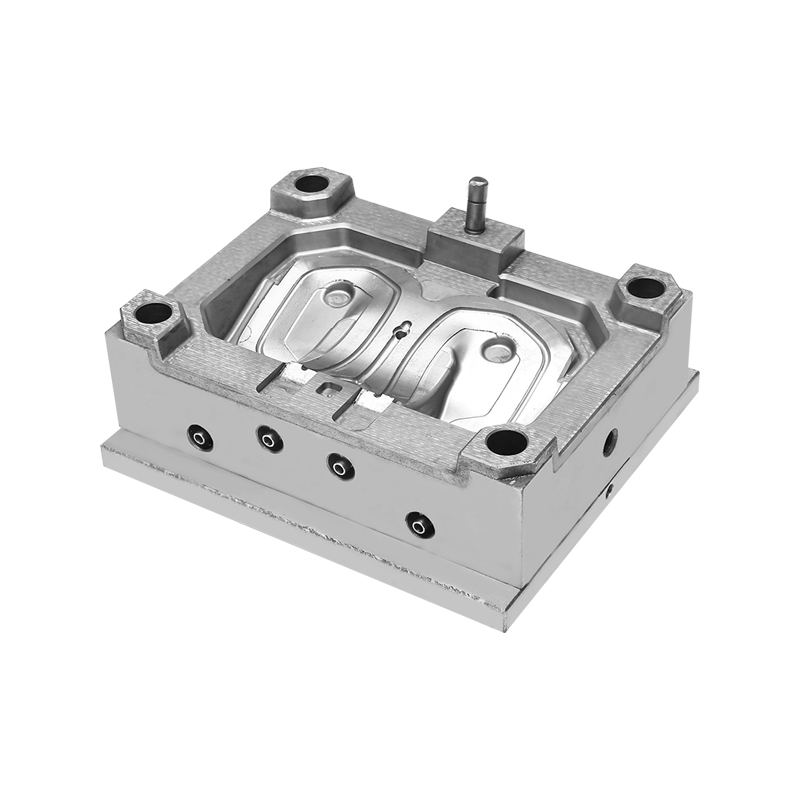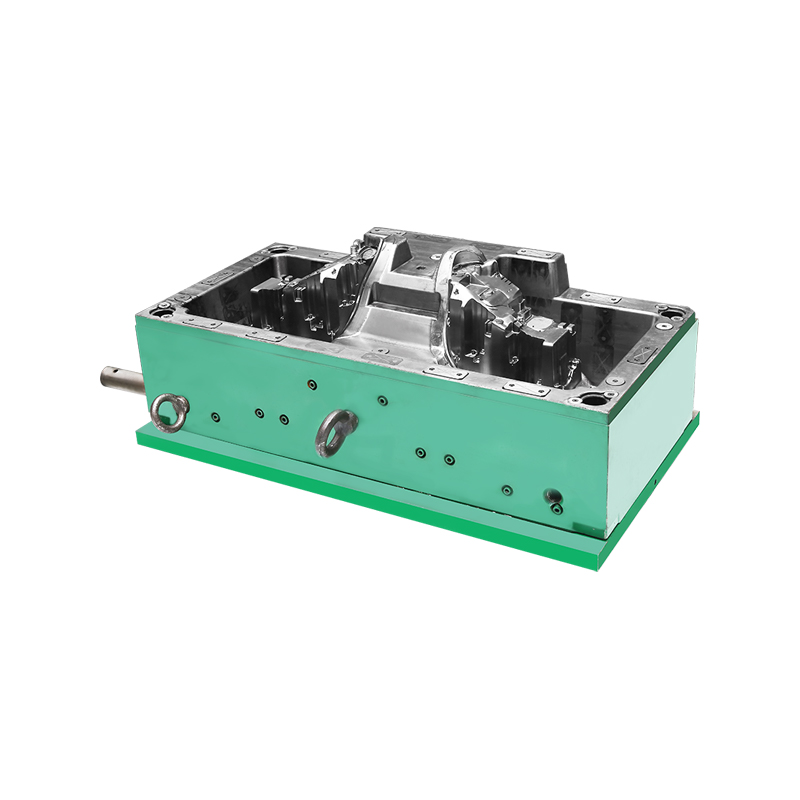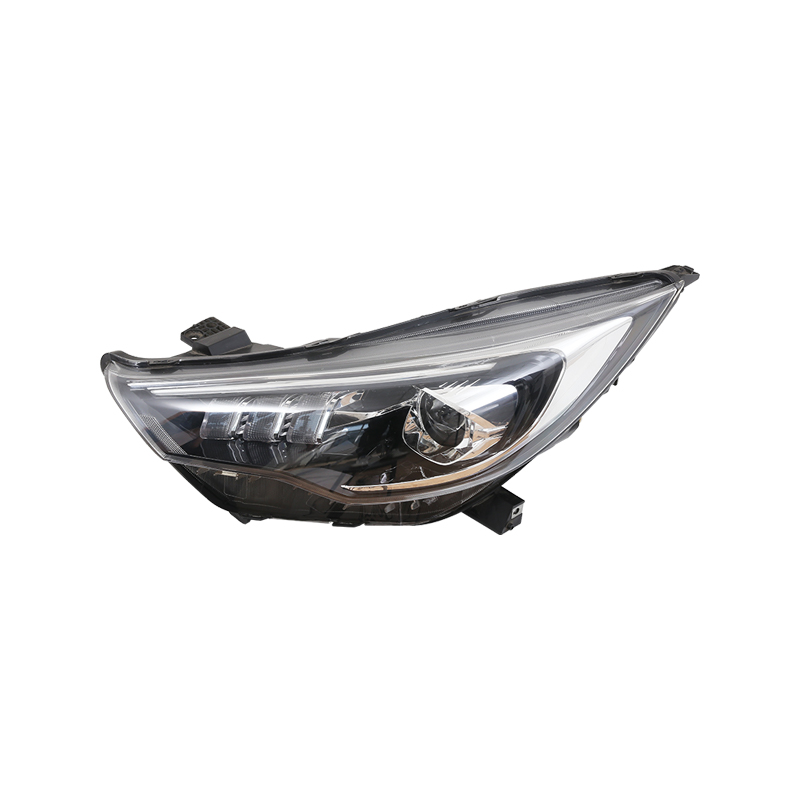In the realm of automotive manufacturing, the design of injection molds for auto lamp plastic light frames is a critical process that blends engineering precision with functional aesthetics. These molds play a pivotal role in shaping the structural integrity, visual appeal, and performance of car lighting components.
Key Elements of Auto Lamp Car Plastic Light Frame Injection Mould Design
Designing injection molds for auto lamp plastic light frames involves several key elements to ensure performance and durability:
Geometry and Complexity: The design of the mold must accurately replicate the intricate geometry of the auto lamp light frame. This includes precise contours, angles, and surface details that define the aesthetic appeal and functionality of the finished part.
Material Selection: Choosing the right plastic material is crucial to meet the specific requirements of auto lamp components. Factors such as heat resistance, UV stability, and impact strength are carefully considered to ensure longevity and performance under varying environmental conditions.
Mold Cavity and Core: The mold cavity and core are core components that shape the final product. They are crafted from durable materials such as hardened steel or aluminum and are meticulously machined to exacting tolerances to achieve consistent part dimensions and surface finish.
Runner and Gate System: The runner and gate system controls the flow of molten plastic into the mold cavity. It must be designed to reduce material waste and ensure even distribution of plastic to prevent defects such as air traps or insufficient filling.
Cooling System: Efficient cooling is essential to maintain uniform part quality and cycle times. Cooling channels integrated into the mold design help regulate temperature gradients and facilitate rapid solidification of the molten plastic, enhancing production efficiency.
Ejection Mechanism: The ejection mechanism consists of ejector pins or plates that facilitate the removal of the molded part from the mold cavity once it has solidified. Proper placement and design of ejector systems prevent damage to the part and ensure smooth ejection without deformation.
Venting System: Venting channels allow gases and air to escape from the mold cavity during injection molding, preventing defects such as voids or burn marks on the surface of the part.
By carefully considering these elements during the design phase, automotive manufacturers can optimize the performance, quality, and cost-effectiveness of auto lamp plastic light frames, meeting the rigorous standards of the industry and consumer expectations.
Aspects Involved in Plastic Injection Molds For Sale
When exploring options for plastic injection molds for sale, several aspects merit consideration to ensure suitability and efficiency in manufacturing processes:
Customization and Versatility: Injection molds should offer flexibility to accommodate diverse design requirements and production volumes. Customization capabilities allow manufacturers to tailor molds to specific part geometries, materials, and production goals.
Quality and Precision: High-quality molds are essential for producing consistent, defect-free parts. Precision machining and strict quality control measures ensure dimensional accuracy, surface finish, and overall part quality.
Material Compatibility: Molds must be compatible with a wide range of plastic materials suitable for automotive applications. Compatibility ensures that the mold can withstand the processing conditions required for different materials while maintaining durability and performance.
Time and Production Capacity: Efficient times and production capacity are crucial for meeting project timelines and volume demands. Reliable suppliers should offer competitive times without compromising on mold quality or performance.
Cost-Effectiveness: While initial investment is a consideration, the overall cost-effectiveness of injection molds includes factors such as longevity, maintenance requirements, and production efficiency. Opting for molds that offer long-term reliability and minimal downtime contributes to cost savings over the mold's lifecycle.

 English
English 中文简体
中文简体 русский
русский Español
Español








